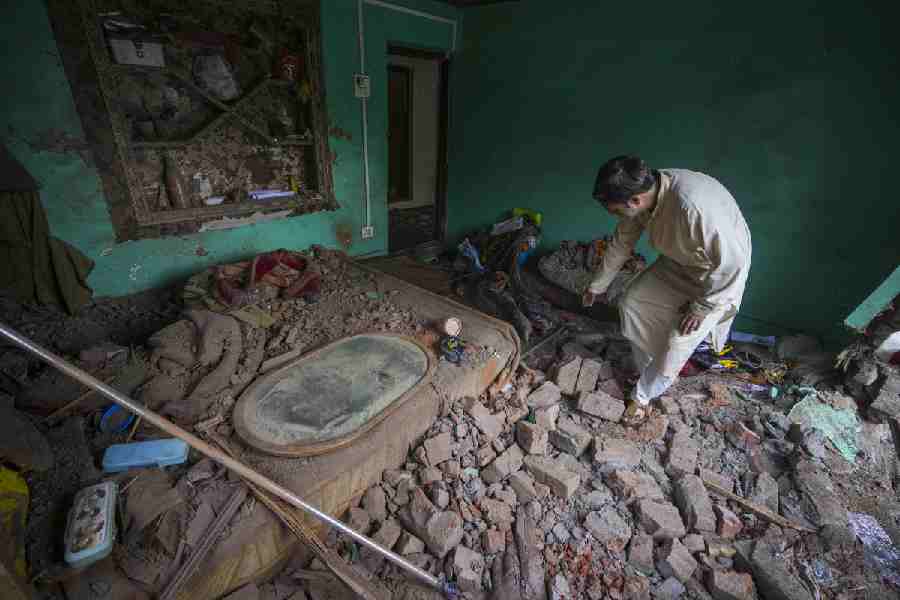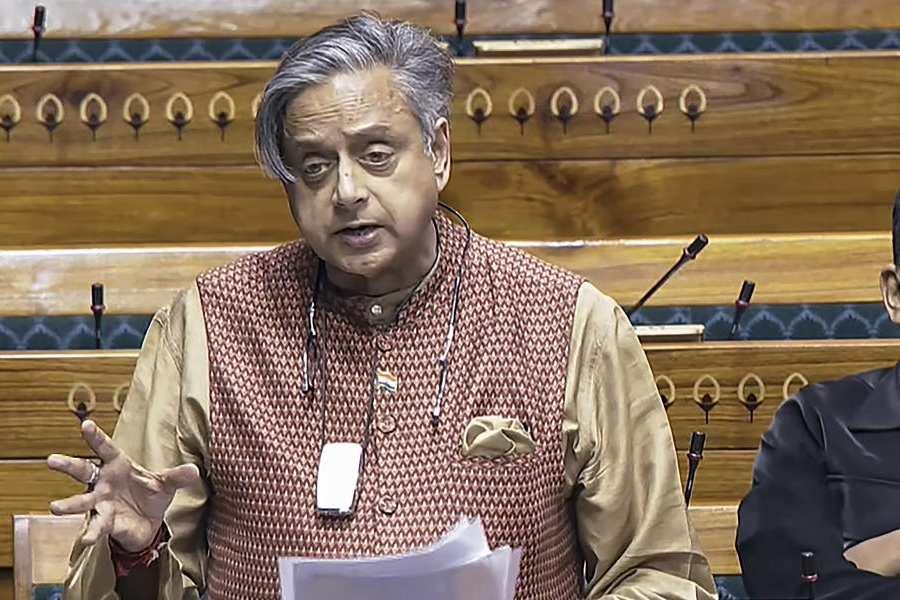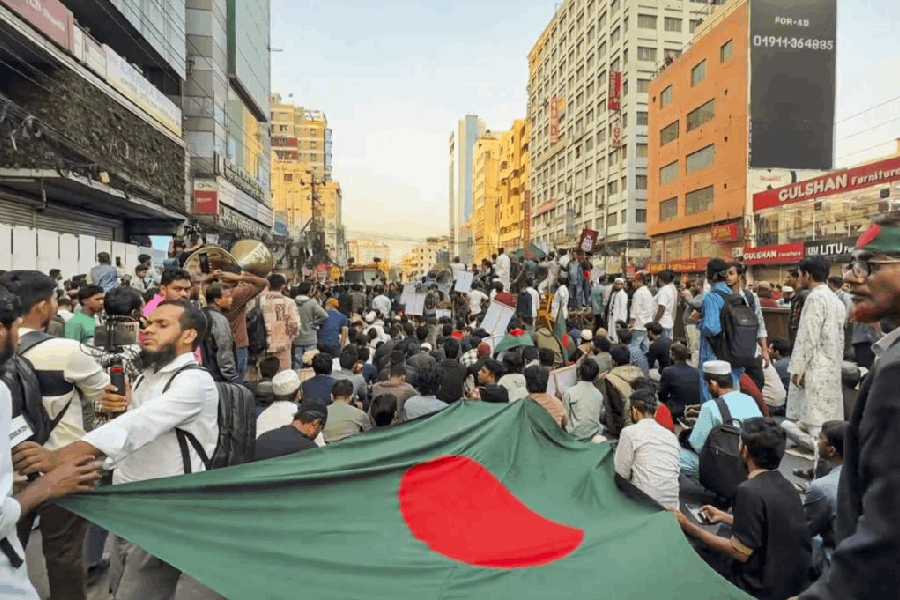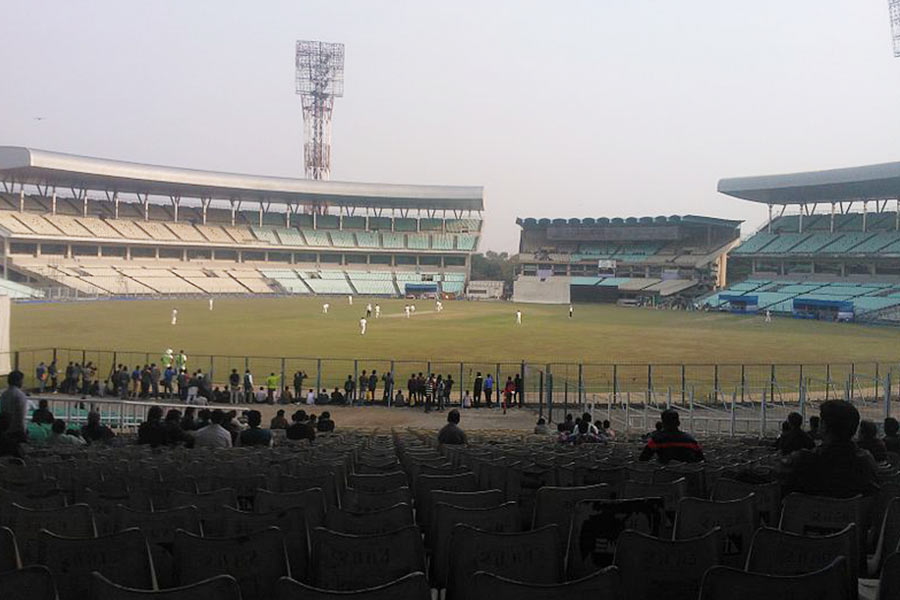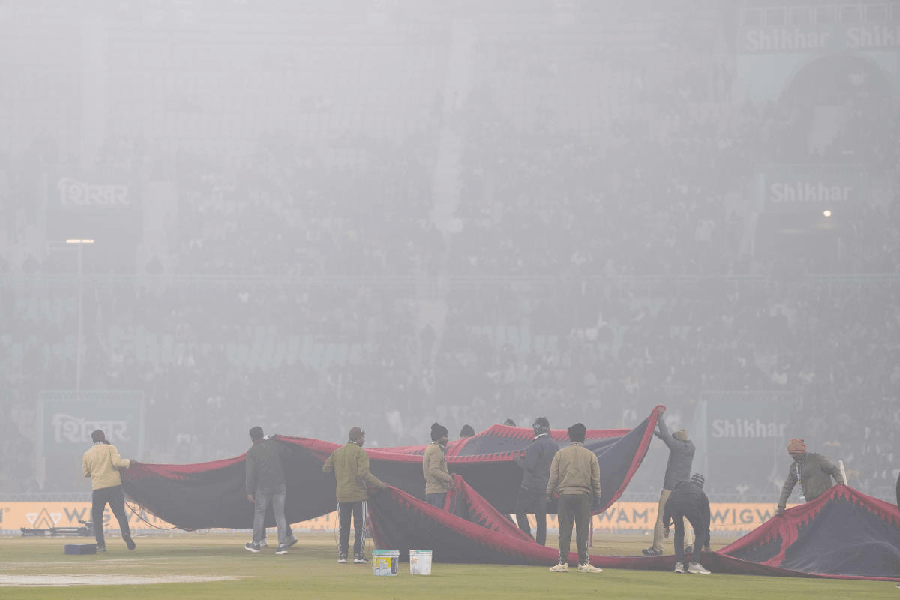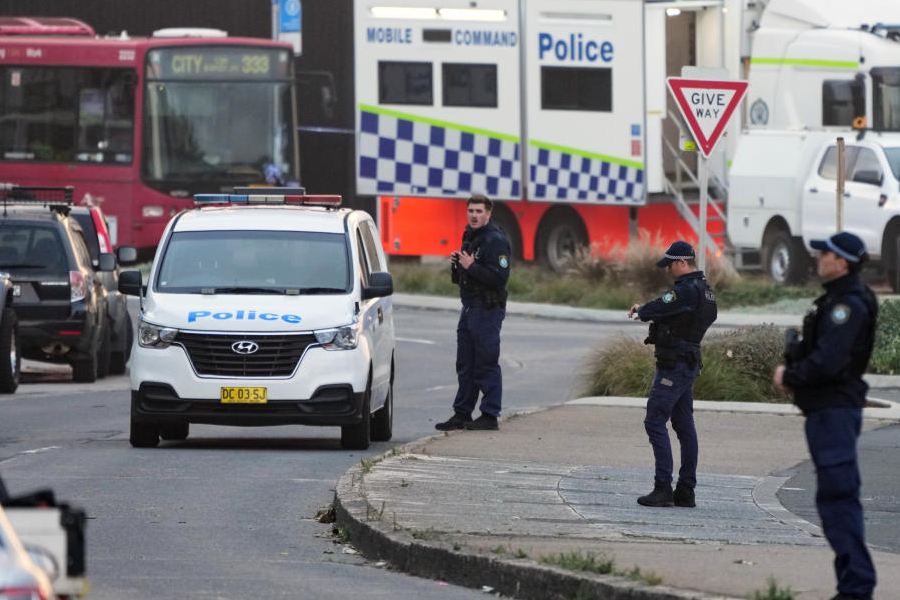Pakistan had used 300-400 armed drones on 36 locations from Leh to Sir Creek on the intervening night of Thursday and Friday to test India’s air defence system, the ministry of external affairs said during Friday evening's briefing.
“The provocative and escalatory action taken by Pakistan last night were targeted at Indian cities and civilian infrastructure and some military targets. India responded proportionately, responsibly and adequately,” Vikram Misri, India’s foreign secretary informed the media.
Colonel Sophia Qureshi and wing commander Vyomika Singh earlier in the briefing in Hindi and English said the Pak military violated the Indian air space multiple times in the intervening night of Thursday and Friday.
“Pak military carried out multiple violations of Indian airspace along the entire western border with the intent to target military infrastructure. Pakistan military also resorted to firing of heavy calibre weapons. Along the Line of Control and the international border drone attacks were attempted from Leh to Sir Creek at 36 locations with approximately 300-400 drones,” said wing commander Singh.
The Indian armed forces brought down most of the drones using kinetic and non-kinetic means. Preliminary examination revealed the drones were Turkey-made Asisguard SONGAR, designed for both offence and defence applications with real-time video transmission and ability to neutralise threats.
The SONGAR is known for its multi-tasking abilities that include target detection, area surveillance, and post-mission analysis.
A forensic examination of the drone debris is on.
Later in the night, India detected and neutralised an armed UAV (Unmanned combat Aerial vehicle) that had targeted the Bathinda military station in Punjab.
“The official and blatantly farcical denial of these attacks that Pakistan carried out with the state machinery is yet another example of (Pakistan’s) duplicity and the depths they are plumbing in their quest for disinformation,” Misri commented.
The Indian defence establishment suspects that the drone attacks were carried out to test India’s air defence system.
“In response armed drones were launched at four air defence sites and one of the drone was able to destroy an air defence radar (of Pakistan),” said Colonel Qureshi.
Apart from the aerial attacks, Pakistan also carried out heavy artillery firing in several places including Uri, Rajouri and Udhampur among others “resulting in some losses and injuries to Indian army personnel.”
India also accused Pakistan of using the country’s civil defence space as a shield.
“Pakistan has not closed its civil air space and is using the civil airliners as a shield knowing fully well that its attack on India would elicit a swift aerial response that is not safe for unsuspecting civil airliners including the international flights,” said wing commander Singh.
The Indian defence referred to an Airbus 230 flying from Saudi Arabia’s Dammam which landed in Lahore late on Thursday night.
Misri said Pakistan was targeting schools and places of worship belonging to minorities like Christians and Sikhs to stir communal trouble in India. A similar motive was attributed to the Pahalgam attack where 25 Hindu men including one from Nepal were gunned down, and a local Muslim youth was killed trying to protect.
“Instead of owning up to these attacks, Pakistan made the preposterous and outrageous claim that the Indian army and air force was targeting cities like Amritsar and trying to put the blame on Pakistan,” Misri said. “This is nothing but an attempt by Pakistan to disown its act of aggression. It is also true to its type to deceive the world. That we would attack our own cities is a deranged fantasy that only the Pakistani state can come up with.”
Misri said Pakistan’s design at creating communal discord was evident in the rumours of India attacking Nankana Sahib, in Pakistan, named after the first Sikh Guru Nanak, where a Gurudwara built in the 17th century is among the Sikh holy sites, through a drone attack.
“This is a blatant lie. Pakistan is desperately trying to impart a communal hue to create discord. We are not surprised. India’s steadfast unity is a challenge for Pakistan,” Misri said.
Misri said shells fired by Pakistan had killed two school students in Poonch and injured priests and nuns at another school.
“Pakistan is targeting places of worship, Gurudwaras, convents, temples with a particular design, which is a new low, even for Pakistan,” Misri said.
Under the current circumstances the Kartarpur Sahib corridor that connects Gurdwara Narowal in Pakistan with the Gurudwara Baba Dera Nanak in Gurdaspur, will remain closed till further directions, Misri said.
Misri said India’s external affairs minister S. Jaishankar had spoken with his counterparts in several countries including UK and Norway.
When the International Monetary Fund’s meeting takes place in a later hour, Misri said India would present its views.

